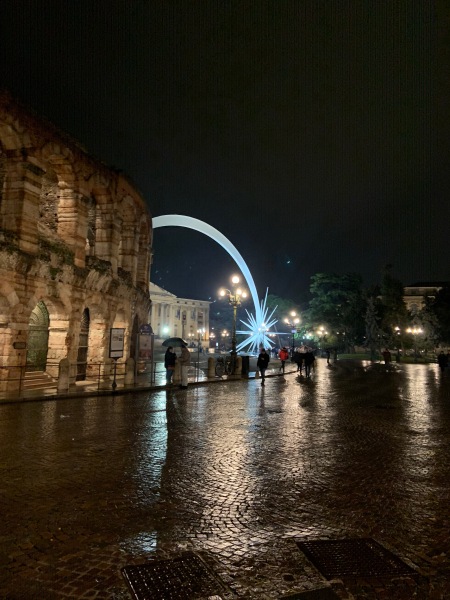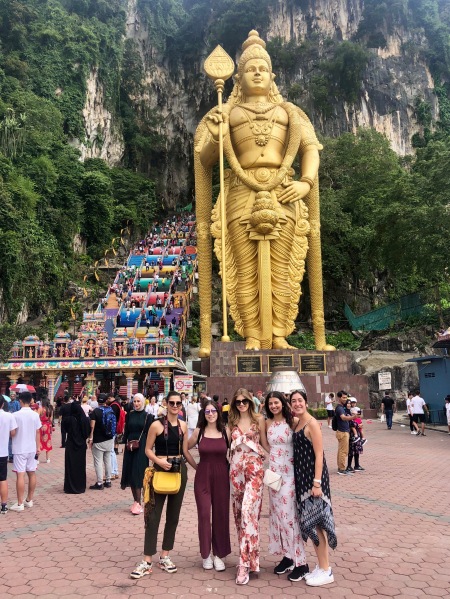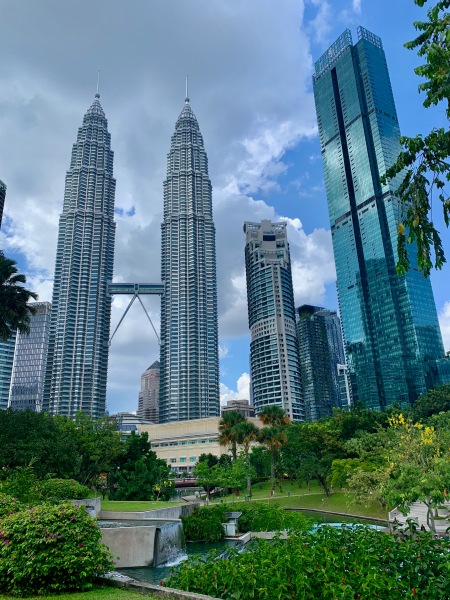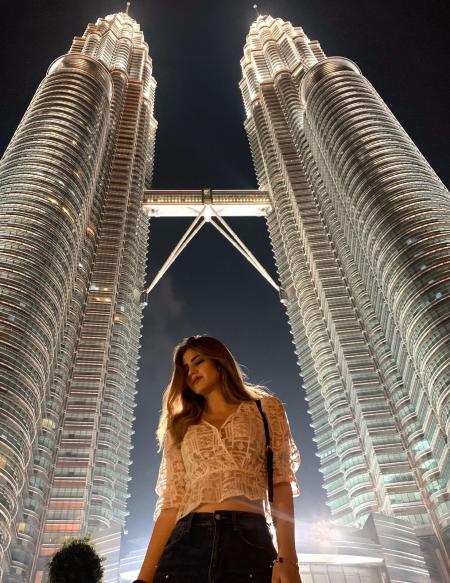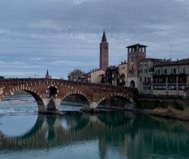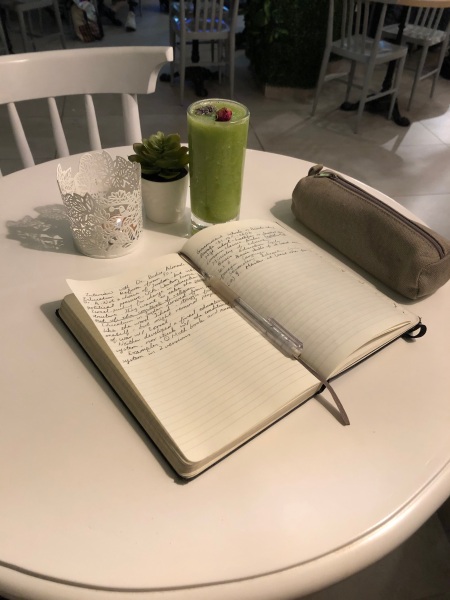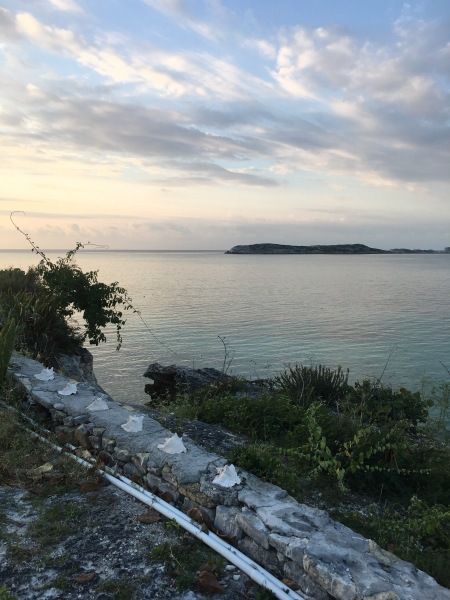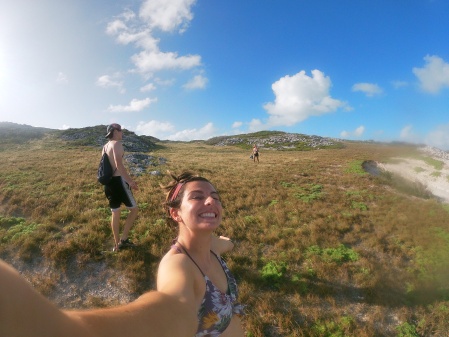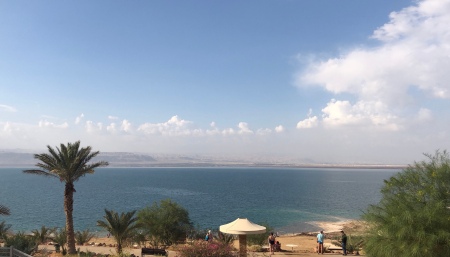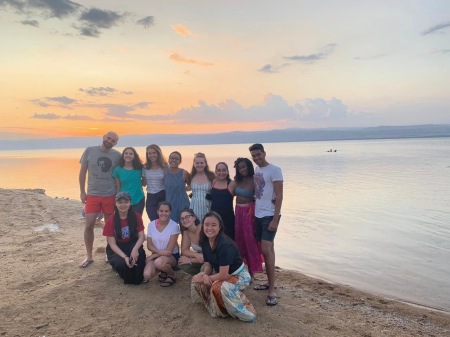I woke up to the typical Saturday morning rush of diesel engines periodically coasting by one floor below my urban apartment. A faint beam of sunlight streamed through my translucent curtain. Keeping with my new routine, I made a simple breakfast of cereal, stracciatella yogurt, and a cappuccino. My day was overall free except for plans to prendere un caffe with my friend Silver from Italian class.
My phone chimed at around noon with a message. Silver and his cousin had spontaneously decided to visit the famed ancient Roman arena of Verona to take pictures. Perhaps the old version of me would have preferred at least an hour’s notice to plan, but this was not an opportunity to pass up. I had never been inside the Arena di Verona, and I was sure it would have more majestic views than the bustling university coffee shop we had originally planned to visit. Thirty minutes later, the three of us met up downtown at the enormous black iron gates to the arena. Tourists milled about posing with selfie sticks and eagerly shifting angles to capture all 365 degrees of Piazza Bra’s beauty.
I had no way of estimating the immensity of the 2,000-year-old limestone arena until I took my first steps into the dirt ring where gladiators once fought for their lives. I stopped immediately in awe, pivoting in place to admire the view from the center of the ancient stage. It’s hard to imagine that the 30,000 stone seats above me used to accommodate 30,000 people. My friends chuckled at my reaction and asked, “Is this your first time inside the arena?” The answer was probably quite obvious because of my wide-eyed gaze and enormous smile.
The next hour was spent alternating who was in front or behind our various cameras. We scaled the steps at least 60 feet up to the top row of the arena. We certainly made a wise decision to visit on a relatively chilly February day. Climbing stairs with a foot-tall gap between each step is really a workout. The ancient Romans must have been incredibly fit. From the top we circled the perimeter taking pictures every time the breathtaking views of the bustling city below changed. Then we descended to the eerie, echoing dungeons where the Roman prisoners once dwelled.
When it was about time to conclude our adventures through the maze of underground hallways, we made yet another spontaneous decision to visit the overlook at Ponte Pietra. I quickly agreed to the trek across town to see the number one place on my Verona bucket list. The walk through the cobblestone streets was beautiful and served as a much-needed break from stairs. Reaching the overlook at Piazzale Castel San Pietro involves climbing about one kilometer of stone steps. Finding our way was easy once we spotted the narrow pedestrian street that transformed into a seemingly never-ending staircase. I was impressed to see residents walking up in unison with us, on their way home to their hillside apartments. About halfway to the top, I was sure that I had found my dream house. It was a pastel peach abode with a barrel tile roof and walls that seamlessly met the stone of the hill.
Everyone was silent when we reached the top, both out of awe at the view and because of the workout we just had. Once again, I was pivoting in place, wide-eyed at the panorama that stretched for miles. Even with the slight afternoon haze obscuring some of the sprawling city, I knew instantly that I was standing at the peak of one of the most beautiful places I had ever witnessed. The effort to get to the top seemed like a minuscule price to pay for the landscape that we towered over. Below us, the swift current of the Adige river snaked through the labyrinth of streets and rooftops. I thanked my friends for showing me this wonderful place and sat down with them to take it all in. We took turns with the cameras once again and began our descent from the hilltop. Even long after I was back in my cozy apartment, the moments spent high above the city that day felt surreal.
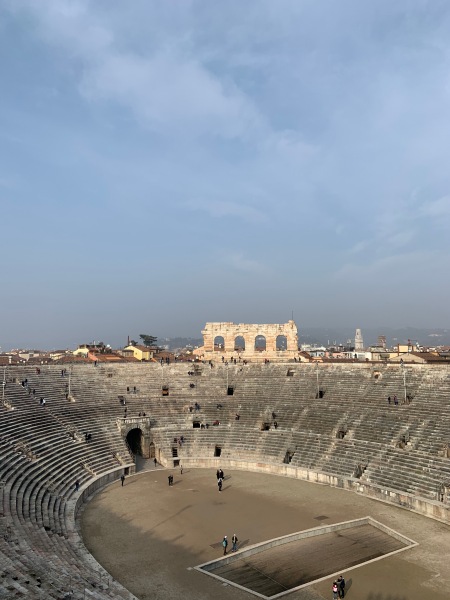





 Posted by katarinainverona
Posted by katarinainverona 

